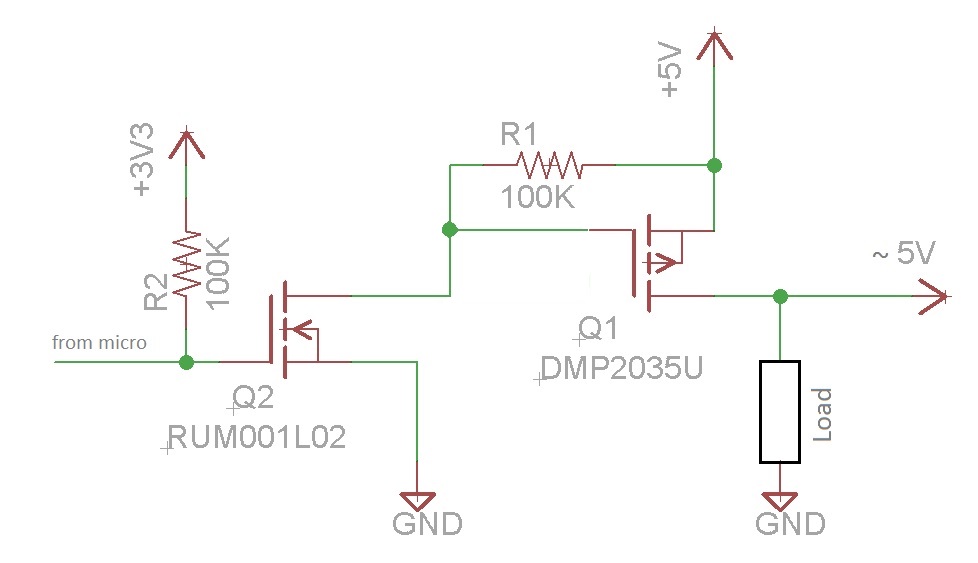I'm doing a high side switching of 5V 2A load and will be ON or OFF for long time(1-10 hours).
Now I'm confused about which transistors should I use ? or MOSFETs ? Do I need heatsink ? I really prefer SMD transistor or MOSFET, if its possible ?
I also want 5V on other side of transistor/MOSFET too. I'm sure there will be voltage drop, is there any way to get back the voltage drop ? First I thought to use bit high voltage in switching like 7V then put voltage regulator on other side so I can get right 5V. But since the load is 2A. The power will be 10W if I'm not wrong. Then I think its too much heat.


